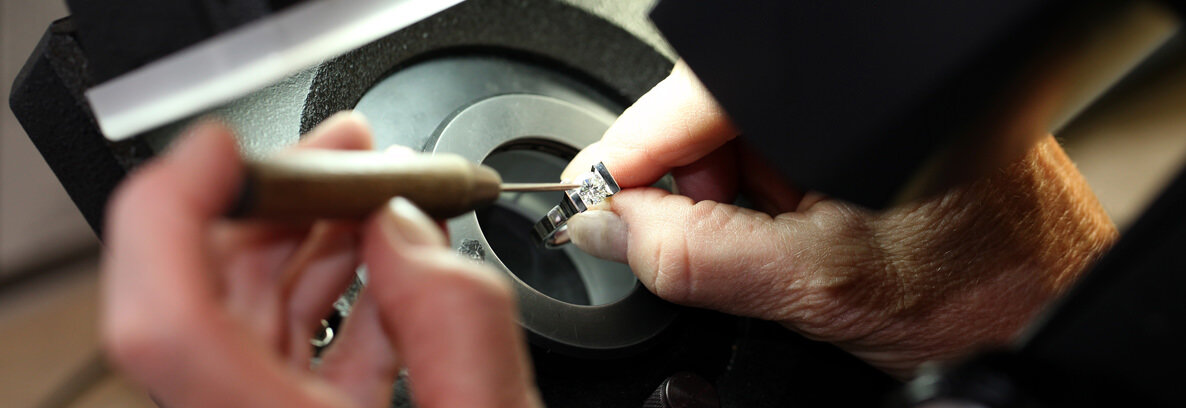
Expert Appraisals
Clients always ask me
“I have just received/purchased this, is it what the accompanied document says it is?”
“What is this jewel worth?”
“Is it real?”
“When I have sold something in the past, why was I not paid the amount on the insurance appraisal document?”
These are all different questions with different answers, and as a Graduate Gemologist, I will clarity the difference for you and highlight the importance for the need of appraisals.
The 3 main categories for the need of appraisals: Authentication of Purchases, Insurance Appraisals, and Estate/Trust (Liquidation) Appraisals.
Authentication of Purchase
Today, more than ever before, the consumer is buying pre-owned jewelry and watches from online and brick and mortar consignment stores. And this industry is booming. These consignment stores are consigning their clients previously owned jewelry and watches. They internally evaluate these items for value and condition, as well as considering the current market conditions, sell the items on to new owners.
When the consumer makes a purchase from the consignment store, the item may or may not come a document of authentication. Note this document, particularly for jewelry, is not from the original manufacturer but by an inhouse specialist.
As an independent Graduate Gemologist and third party, I authenticate your jewelry purchases. I do this by completing an Insurance Appraisal for you. This document is a detailed description of the jewelry that includes pictures and current retail replacement values. The result for the customer is that they then have a detailed third party document and item authentication for their insurance company of their valuable purchase.
Insurance Appraisals
This is, again, an independent and third party document compiled by a trained Graduate Gemologist for jewelry and/or watches for insurance purposes.
This document can be done for brand new, pre-owned or inherited jewelry or watches that a client wants to insure. At this stage, when viewing the items for potential appraisal, I sift through the items and separate the real and fine jewelry from costume jewelry.
The most important point to note about a Insurance Appraisal is that is it a document of the jewelry or watch that states a retail- value replacement value, usually including tax (the tax amount will be State specific). This document is used by the insurance companies to provide financial cover in an event of loss or left (in other words, the definition of insurance). This value is not what the jewelry or watch is worth – meaning what you could get for it if you were to sell it today. This cannot be emphasized enough.
The Insurance Appraisal is a document supplied to your insurance company from which they calculate your annual (or monthly) premium for coverage at retail replacement. You pay this, and if/when that one unfortunate day comes around and the insured item is stolen or lost, that you will get the full value of that specific item insured item. With the insurance payout, you would go to a retailer to replace the lost item with a new item. This also highlights why it is important to get your Appraisals updated every 2-5 years, as market values do change.
Estate/Trust (Liquidation) Appraisals
This document is required for a client’s estate or trust needs and is the appraisal containing a liquidation value for the item. In other words, an estimated monetary value that can be achieved with an immediate sale. Again, an independent and third party trained Graduate Gemologist can draft this appraisal.
This document can also be done for brand new, pre-owned or inherited jewelry or watches that a client wants an estimate of the monetary value that can be immediately realised. At this stage, when viewing the items for potential appraisal, I sift through the items and separate the real and fine jewelry from costume jewelry.
The most important point to note about this Estate Appraisal is that is it a document of the jewelry or watch that states a estimated liquidation value. It is an approximation of the scrap (minimum) value of the item (all the components, i.e. the metal, diamonds and gemstones). There could always be someone willing to offer more.
These documents are what a trust or a lawyer may need to divide up an estate equally between the heirs.


